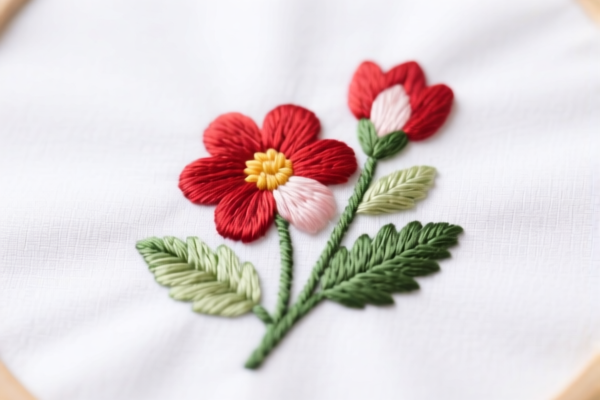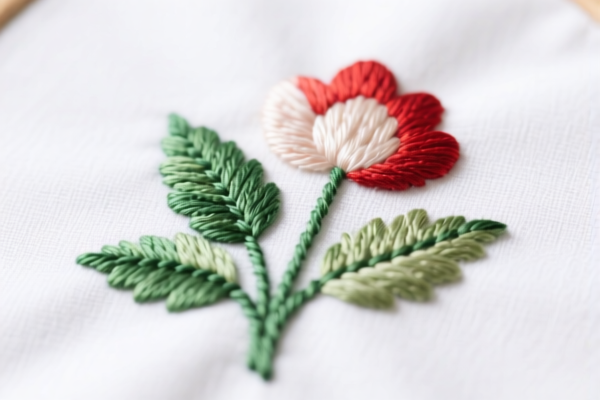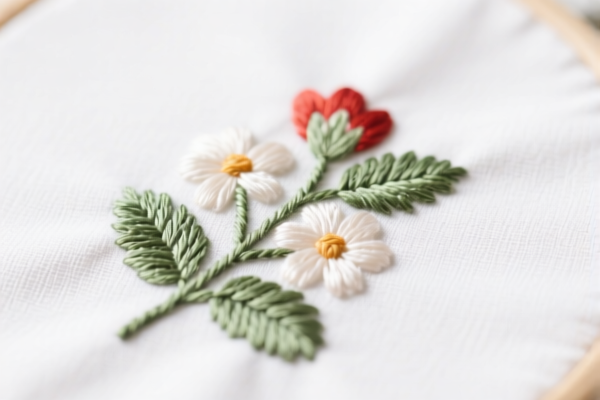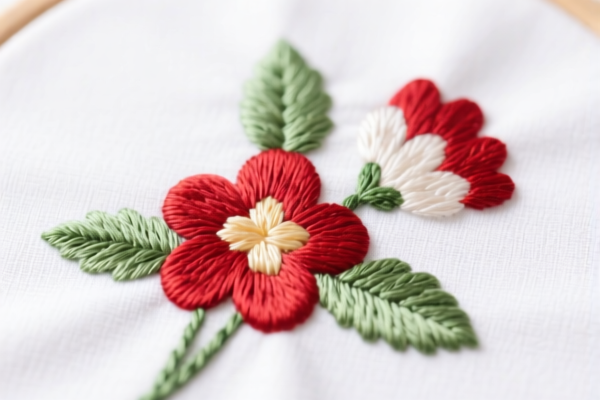| HS Code | Official Doc | Tariff Rate | Origin | Destination | Effective Date |
|---|---|---|---|---|---|
| 6308000010 | Doc | 48.9% | CN | US | 2025-05-12 |
| 6308000020 | Doc | 48.9% | CN | US | 2025-05-12 |
| 4205000500 | Doc | 57.9% | CN | US | 2025-05-12 |
| 4205008000 | Doc | 55.0% | CN | US | 2025-05-12 |
| 9609908000 | Doc | 37.5% | CN | US | 2025-05-12 |
| 9609904000 | Doc | 37.5% | CN | US | 2025-05-12 |
| 9608996000 | Doc | 37.5% | CN | US | 2025-05-12 |
| 9608910000 | Doc | 37.5% | CN | US | 2025-05-12 |




Embroidery Kit
An embroidery kit is a packaged collection of materials and tools needed to complete an embroidery project. These kits cater to a wide range of skill levels, from beginner to advanced, and encompass diverse styles and designs.
Materials Typically Included:
- Fabric: Commonly Aida cloth, linen, or cotton, pre-printed with the embroidery design or left blank for tracing. Aida cloth is favored by beginners due to its easily identifiable square weave. Linen offers a higher quality finish.
- Floss: Stranded cotton floss is the most common type, available in a vast spectrum of colors. Kits may also include silk floss, wool, or other specialty threads. The kit will specify the colors needed (often using a color code system like DMC).
- Needles: Embroidery needles, also known as crewel needles, have a larger eye to accommodate the floss. Kits usually include a selection of needle sizes.
- Embroidery Hoop: Used to keep the fabric taut while stitching. These are typically made of wood or plastic and come in various sizes.
- Pattern/Design: Can be printed on the fabric, a separate paper chart with symbols, or increasingly, accessed digitally.
- Instructions: Step-by-step guides, often with diagrams, illustrating the stitches used and how to complete the design.
- Optional Extras: Some kits may include threaders, fabric markers, scissors, or stitch rippers.
Purpose and Function:
The primary purpose of an embroidery kit is to provide everything necessary to create a decorative design on fabric using needle and thread. Embroidery is used for embellishing clothing, creating wall art, personalizing gifts, or as a relaxing hobby.
Usage Scenarios:
- Beginner Projects: Kits designed for beginners typically feature simple designs, large-count Aida cloth, and pre-printed patterns.
- Home Décor: Kits for creating wall hangings, pillow covers, or table linens.
- Clothing Embellishment: Kits to add decorative details to shirts, jeans, or other garments.
- Gift Creation: Personalized embroidered gifts such as baby blankets, handkerchiefs, or bookmarks.
- Relaxation and Mindfulness: Embroidery is often practiced as a calming and meditative activity.
Common Types:
- Stamped Kits: Designs are pre-printed directly onto the fabric. These are the easiest for beginners.
- Counted Cross Stitch Kits: Designs are created by stitching crosses on even-weave fabric, following a chart.
- Needlepoint Kits: Utilize a stiffer canvas fabric and thicker yarns.
- Freestyle Embroidery Kits: Offer more creative freedom with no pre-defined pattern, allowing for unique designs.
- Punch Needle Kits: Use a specialized tool to create looped textures.
- Sashiko Kits: Japanese embroidery technique using running stitch to create geometric patterns.
- Blackwork Kits: Utilize black thread on white fabric to create intricate designs.
Embroidery kits typically consist of woven fabric and yarn, often including accessories, intended for creating items like rugs, tapestries, tablecloths, or napkins. Based on this description, the following HS codes are relevant:
- 6308000010: This HS code covers needlecraft sets consisting of woven fabric and yarn, whether or not with accessories, for making up into rugs, tapestries, embroidered tablecloths or napkins, or similar textile articles, put up in packings for retail sale, containing wool yarn. The total tax rate is 48.9%, comprised of a 11.4% base tariff, a 7.5% additional tariff, and a 30% additional tariff effective April 2, 2025.
- 6308000020: This HS code also covers needlecraft sets consisting of woven fabric and yarn, whether or not with accessories, for making up into rugs, tapestries, embroidered tablecloths or napkins, or similar textile articles, put up in packings for retail sale, but categorized as other than those containing wool yarn. The total tax rate is 48.9%, comprised of a 11.4% base tariff, a 7.5% additional tariff, and a 30% additional tariff effective April 2, 2025.
It is important to determine whether the kit contains wool yarn to correctly classify the goods under either 6308000010 or 6308000020.
Customer Reviews
No reviews yet.